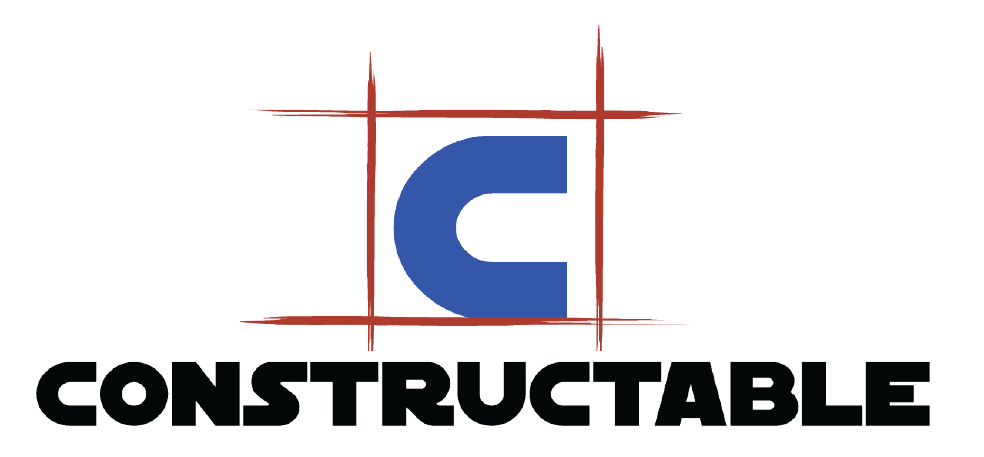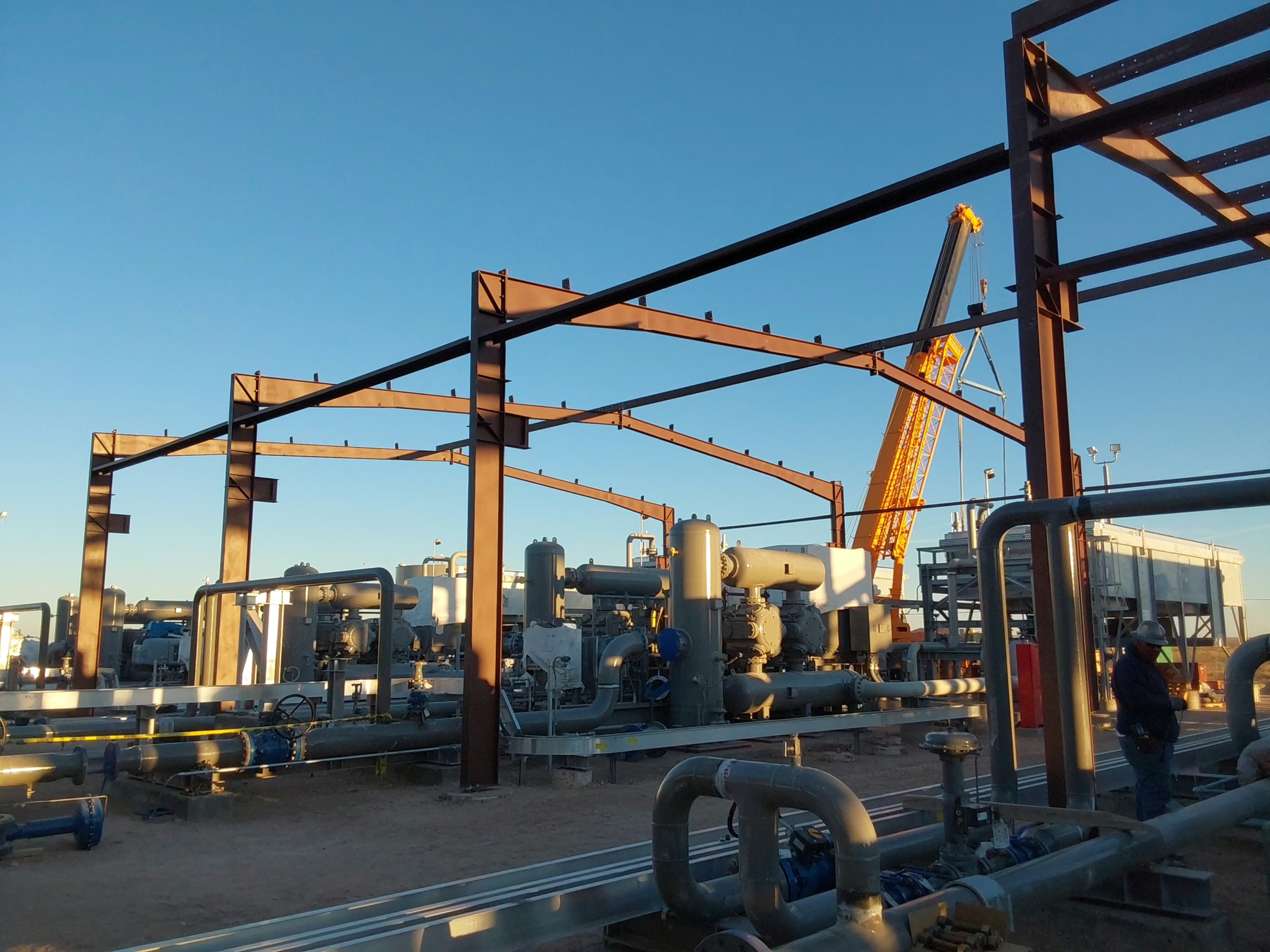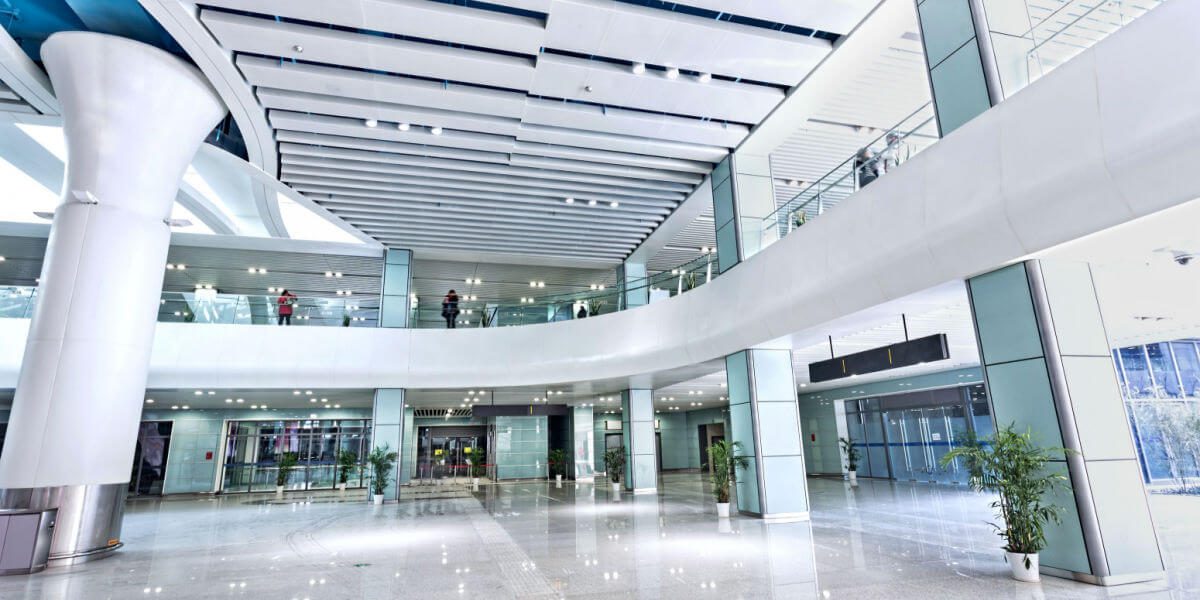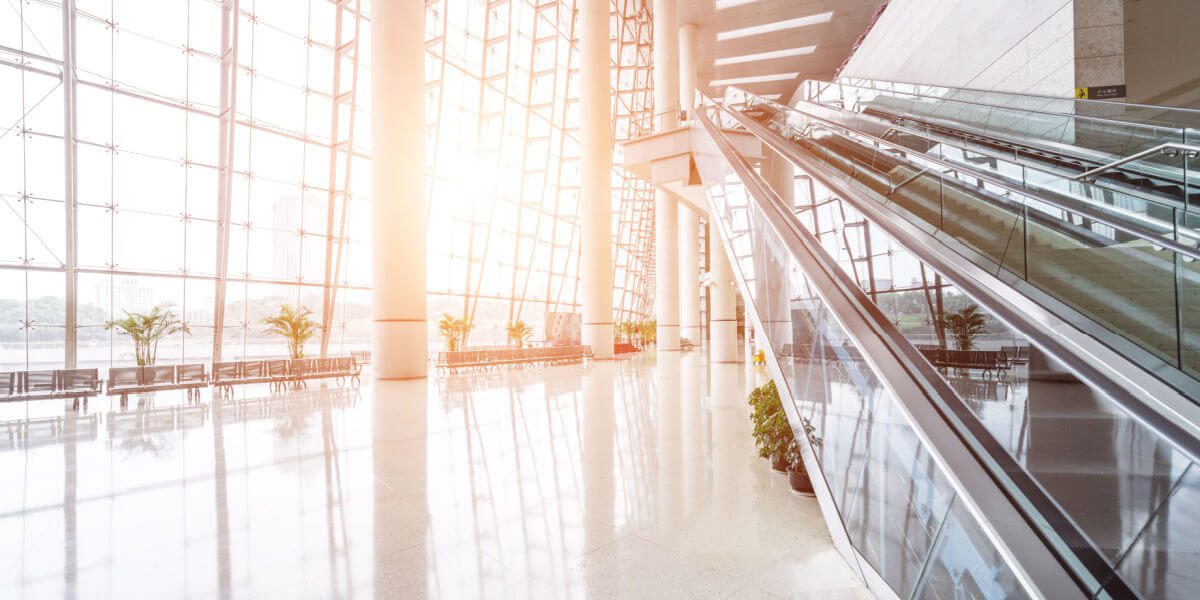
Natural Lighting in Architectural Design: What You Should Know
There are multiple benefits to working natural lighting into your architectural design. Using sunlight tactfully can make your building appear to be more spacious, enhance specific aesthetic decisions, and save you money on energy bills.
To help you understand the benefits of natural light in architecture, here are the most important things to know.
Natural Light in Architecture: An Overview
How you incorporate natural light into your building’s design will vary depending on your building’s size, location, and more. This is why daylighting in construction is important. However, you’ll find that some limitations merely open doors to more creative possibilities. This is only one of the illuminating benefits of working with natural light.
Types of Natural Lighting in Architecture
Incorporating natural light into the architectural design of your building is as easy as building specific structures in specific places. First, the designer will get a feel for the room. This entails taking the time to understand how the light flows throughout the room and learning how to maximize it.
Consequently, designers have learned a few tricks throughout the years that have allowed them to yield optimal natural lighting results. These are the most popular:
- Skylights
- Glass doors
- Light shelves
- Sun tunnels
- Clerestory windows
Any of these elements would make magnificent additions to a design that takes natural light into consideration. The key is finding the most effective place to install them.
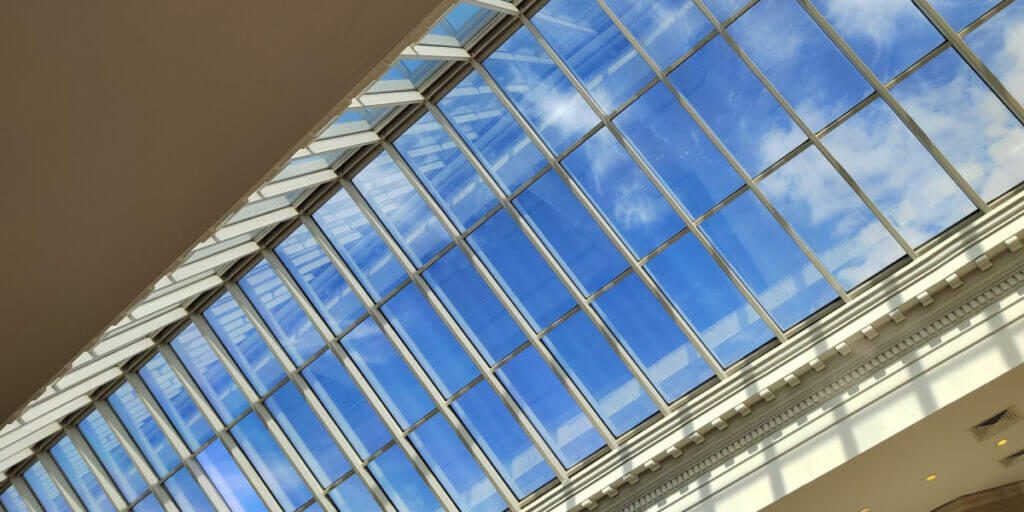
Why You Should Use Natural Lighting as a Building Element
Incorporating natural lighting as a building element has distinct advantages for employees, customers, and just about anyone who enters your building. Here are some of them.
Enhanced Space
Artificial lighting has a way of closing off a space and making it feel more compact. Natural lighting has the opposite effect. All of the top designers and architects agree that natural lighting makes a space feel more expansive. In turn, this spaciousness creates a sense of comfort for anyone occupying the space.
Lower Energy Bills
Natural light can help lower your energy bills and assist your company in maintaining an energy-efficient operation. For one, you won’t have as many lights on throughout the day. Additionally, with sustainable building design, you won’t have to worry about the inherent problems that accompany running artificial lights, such as potential hazards and additional maintenance.
Improved Productivity
Study after study has concluded there is a link between exposure to natural sunlight and increased energy levels. You can use this fact of nature to your advantage to keep your employees happy and healthy throughout the day.
Data aside, consider how you feel subjectively after spending time in a naturally lit room versus one crammed with LEDs.
Increased Comfort
Overexposure to artificial lighting can result in discomfort, headaches, and anxiety and make the workplace hectic for any employee. This is because our eyes are not naturally accustomed to processing artificial light.
This is not a problem with natural lighting. Rather than inducing anxiety, natural lighting is known for its comforting, inviting feeling.
Since your employees are in the building for the duration of the day, why not promote their comfort and incorporate a design that allows them to recharge while they are at work? This means increased efficiency for your bottom line and happier employees.
Visually Pleasing
Creating a visually pleasing look is a great way to keep employees and customers happy throughout the day. It conveys your professionalism and paints your brand in a positive light.
However, when crafting a visually pleasing look, it is important to avoid fads. This is where artificial lighting poses a problem.
One of the easiest ways to fall into the trap of the latest fad is through an overreliance on artificial lighting. That’s because lighting technology is a rapidly developing field, and old designs tend to fall out of fashion rather quickly. Fortunately, incorporating natural lighting allows you to sidestep this problem entirely.
Challenges Associated with Natural Light
One of the biggest construction challenges with incorporating natural light will be the layout of your building. There’s only so much you can do with a corridor that is facing away from the sun and lacks sufficient designs for redirecting the light.
This is why it is crucial to incorporate these ideas into the design stage — otherwise, construction might be necessary.
Learn More About Natural Lighting from the Experts at Constructable
If you want to learn more about how to effectively incorporate natural lighting into your building, the experts at Constructable are here to help. We have a deep understanding of the affinity between natural lighting and commercial design. Contact us today and let us know how our design-build firm in Houston can help with your next project.
